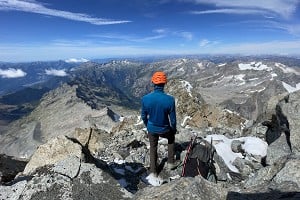
Winter has evaporated, and the prime season for backpacking is suddenly upon us. But there's more to big overnight walks than putting one foot in front of the other. Dan Bailey looks at some of the basics.
As spring takes hold and days grow longer and warmer, the prospect of extended stays in the hills also gains in appeal. Wild camps, remote bothies, summit bivvys, peak-bagging extravaganzas, long-distance through-routes; the challenge, the peace, the freedom of the open trail... Overnight backpacking is among the most enjoyable of outdoor activities, but if you're new to the game there's a lot to consider. Where's best to go? What should you carry? How light is right? Would you prefer an official waymarked trail or a self-made plan? Will you pack a tent, seek out bothies, or go really lightweight and rely on hostels and B&Bs?
Ready made or DIY?
As an activity backpacking covers a broad spectrum of difficulty. At one end is the official long distance path; at the opposite extreme the self-planned mountain epic.

Perhaps you'd rather not have your route handed to you on a plate? In contrast to named paths the DIY journey tends to require more planning, extra kit and a higher level of competence. It's harder to strike out alone, but the added challenge is its own reward, and comes too with a liberating sense of freedom. There's a measure of creativity in plotting your own course, and great satisfaction in figuring things out for yourself. Footpaths can be followed or ignored at will; places to camp or bivvy are limited only by your imagination. Whether you take the high road over all the peaks in a range or find a low road snaking between them, the level of effort is entirely your call (I like it rough, personally). You may have to carry several days' supplies, and on extended trips the route will need to account for restocking - not always an easy task in sparsely populated parts. This is real hillwalking.
Avoid the crowds
It's not just antisocial loners who prefer not to share 'their' hills with hordes of fellow walkers. Don't most of us go backpacking in search of solitude? When it comes to roughing it in the British hills it's a fair bet that people will think first of the big three destinations, Snowdonia, the Lake District and the Scottish Highlands (especially the latter). These areas do have the lion's share of quality backpacking, but since everyone else knows this too the obvious accessible spots can attract crowds like moths to a flame. On sunny spring and summer weekends the shores of some well known Cumbrian tarns turn into 'wild' campers' tent villages; Glen Coe's car parks burst at the seams; and they're lining up like lemmings along Crib Goch.
But though the honeypots may buzz with activity, less celebrated hills elsewhere can be practically deserted. If you're feeling jaded then try the Berwyns or Punlumon in Wales, or in Cumbria the Howgills (see this Route Card) and the North Pennines (this Route Card could easily be extended to take two days). Even within the comparatively cramped confines of Snowdonia and the Lakes it's possible to escape the herd, with a bit of imagination. Make a break for the Shap Fells, Skiddaw Forest or the Rhinogau (as per this Route Card perhaps).
North of the border avoiding civilisation takes rather less effort (there's probably a wise crack in there somewhere). Just keep off the popular Munro paths and out of the busier bothies and you needn't speak to anyone for days. You could spend a lifetime's worth of weekends happily hiking around the Highlands, and never walk the same ground twice. Classic Scottish backpacking destinations like Knoydart (here's a Route Card for starters), the Cairngorms and the Fisherfield Forest are just the tip of a very big iceberg. Outside the Highlands great areas to bear in mind include the Galloway hills and the Western Isles.
"Though the honeypots may buzz with activity, less celebrated hills elsewhere can be practically deserted"
Bend with the wind
You may have a burning desire to visit a specific place, but don't hold yourself to it come hail or high water. A willingness to pick and choose your destination according to the weather forecast can mean the difference between a holiday that's memorable for all the right reasons, and days on end of soaking misery. There's more to the east coast/west coast split and the north/south divide than politics and funny accents; the weather's often very different too. The far northwest of Scotland may be the best place in the world, but it also has one of the nastiest climates. Unless you're a real masochist there's little point making the effort to get there in a proper dreich spell, when the hills can be better imagined than actually seen and travel on foot is closer to swimming than walking. But maybe things are looking brighter down in the Cheviots? Or you could get really radical and go to Exmoor.
Genuine flexibility means last minute decisions; I sometimes leave it until the day of departure to decide whether to head to the Lakes or the Cairngorms, for instance. Add a walking pal or two to the equation and all that shall we, shan't we brings an extra dimension of faff to already complicated pre-trip calculations. Of course if you've booked train tickets then you'll be tied to your destination whatever the weather's doing. Even so it's possible to tailor your exact route to suit the conditions, maxing out on summits if it's pleasant or staying lower if it's not.
Go light... but not too light
How light is right? Unless you're a featherweight fanatic then reducing the weight of your pack is simply a means to an end, not an end in itself. It's simply about making life more enjoyable, rather than less so. So don't sacrifice function or comfort just for the sake of a few hundred grams. Pack for the likely conditions, not some Spartan bean counting ideal. During a heatwave a mega-thin sleeping bag and a half-length mat might spare you a small amount of unnecessary mass, but when it turns even slightly nippy you risk a night-long shiver fest, faffing around shoving on all your damp clothes in the small hours and bodging some kind of padding for your feet (a map, a rope, a packet of pasta...). It's misery. By contrast a full-length mat and a warmer sleeping bag suddenly seem worth their (modest) extra weight in feathers. You'll sleep better, waking refreshed and properly ready for day two. Similar arguments can be made for footwear (first consider fit, support and waterproofness, and only then think about the weight) and rucksack (one with load carrying comfort and long-life durability trumps a flimsy featherweight).
"Don't sacrifice function or comfort just for the sake of a few hundred grams"
What form of shelter are you planning to use? There's an aphorism about tents that goes strong, cheap and light – you can only pick two. There's some truth in this, though if you're willing to forego the absolute ultimate in lightness then there are many models that will break neither the bank nor your back, and still stand up to plenty of weather. Some of the very lightest (and least cheap) tents can fall short on basic essentials like headroom and porches large enough to cook in if it's all wet and midgey. You might pitch up for half of every 24-hour period spent in the hills, all told. Bearing this in mind I'd consider comfort and convenience to be just as important as a tent's pack weight.
All that said you can still do a lot to reduce the load, and a few key investments in lighter weight clothing, cooking and sleeping gear will pay dividends. Ditch the tinned food and glass jars (or whisky bottles) in favour of dehydrated nosh; bring a minimum of cookware; take only one stove, tent etc per group; minimise spare clothing; don't bother with a toothbrush... Perhaps the most effective weight saving of all is one that costs nothing - water. A litre weighs a kilo, coincidentally enough, but do you always need to walk with a full bottle? In most weather conditions, on most British hills, you'll pass dozens of streams in a day.
Keep a tidy pack
Is your rucksack a chaos of randomly stuffed-in kit, disgorging half its contents every time you stop to rummage for an essential item? It's invariably at the bottom; it's usually raining. You don't have file everything alphabetically in colour-coded dry bags, but a degree of organisation certainly makes life easier. Have one dry bag for hat, gloves and clothing; a single bag of food; and keep small loose daytime essentials secure in the lid pocket. If the water bottle and map are buried you might not stop to drink often enough, or pay sufficient attention to navigation; make sure they're close to hand. When packing in the morning put night-time gear at the bottom of the sack, and keep stuff you might need during the day accessible on top. For a comfortable well-balanced carry shove heavier items closer to your back in line with your centre of gravity – though obviously you don't want anything hard poking you between the shoulder blades. A rucksack with side pockets or elasticated sleeves helps with staying organised, but you might prefer a simpler bag with a single big compartment and side compression/storage straps. Some people like a separate zip-entry bottom compartment for stowing things like cooking gear or wet clothing.
Let poles take the strain
Walking poles are inessential on lightly-laden day walks, but really come into their own for backpacking in the hills, when you're lugging a heavier load for days on end. On rough terrain or when fording streams they're a fabulous aid to balance, helping offset the top-heavy feeling of an overnight pack. On long knee-jarring descents they help take the strain off your legs, reducing fatigue and the chances of injury. And even when slogging uphill or powering along on the flat a pair of poles gives a noticeable advantage, letting your upper body do some of the work of locomotion. Used correctly, poles almost turn you into a quadruped; but good technique takes a bit of thought and practise, and not all pole designs are equally efficient.
Where to sleep?
Anyone spending their nights on the hills rather than hostelling in the valleys has three basic options: bothies, bivvies and camping. While the odd bothy can be found in quieter corners of England and Wales, by far the most extensive network is in Scotland, and only here is it possible to make longer journeys linking several huts. These shelters are free to use and open to all. But they're generally very basic, often amounting to little more than a roof and four walls. A sleeping bag, mat and stove will be required, and it's sometimes sensible to carry a tent too since the best known bothies can fill to capacity during peak periods. There are no rules as such, but it's basic common sense and courtesy to follow the 'bothy code' as laid out by the Mountain Bothies Association.
Bivvying can be slightly lighter than camping, and offers a little more flexibility since a bivvy bag will fit where a tent might not – a small patch between rocks, a 'howff' under a boulder, or slap bang on a summit. However outside a tent you're more exposed to rain and midges, and it's harder to cook in the wind.
With our fickle climate camping is often the preferred option, and idyllic wild camp spots abound. There's nothing better than pitching up beside a remote tarn or a rushing burn, far from civilisation and with no one else around to break the silence. However to avoid upsetting landowners it pays to be discreet. Wild camping is permitted by law in Scotland, but only on the proviso that it is carried out responsibly; meanwhile in England, Wales and Ireland campers are on much less secure legal ground.
For a run-through of the legalities and a few key wild camping dos and don'ts see this UKH article.
Leave nothing but footprints
If we all behaved as badly as the worst offenders the hills would soon overflow with rubbish, toilet roll and worse. Pack all rubbish out with you, including fruit peel and apple cores that don't easily biodegrade in the hilltop environment. Waste disposal measures don't end there. In some wilderness areas in the US it is now compulsory to carry out all toilet waste in a biodegradable flush-able bag enclosed in an airtight, waterproof canister. A similar thing has been trialled with the Cairngorm Poo Project. If this sort of thing is ever to make a bigger splash we'll have to overcome our collective squeamishness. Meanwhile, as a minimum you should bury solid waste in soil at least 15cm deep (lightweight folding trowels are available; replace the top layer of turf after you've done your thing). Never poo close to water or beside the summit cairn, and be sure to go downstream of anywhere people are likely to collect drinking water – near a bothy for example. Used toilet paper should be packed out or carefully burned, though any environmental advantage in the latter is wiped out if you accidentally start a heath fire. Female sanitary products should be treated the same as other rubbish and carried to a bin.
For more on this sort of thing see the BMC's Green Guide to the Uplands.
- REVIEW: Trekmates Ankle Gaiters 23 Apr
- INTERVIEW: Exmoor Coast Traverse - England's Best Kept Mountaineering Secret 10 Apr
- REVIEW: Rab Muon 50L Pack 9 Apr
- REVIEW: Boreal Saurus 2.0 22 Mar
- REVIEW: The Cairngorms & North-East Scotland 1 Mar
- REVIEW: Mountain Equipment Switch Pro Hooded Jacket and Switch Trousers 19 Feb
- Classic Winter - East Ridge of Beinn a' Chaorainn 12 Feb
- REVIEW: Salewa Ortles Ascent Mid GTX Boots 18 Jan
- REVIEW: Patagonia Super Free Alpine Jacket 7 Jan
- REVIEW: Deuter Fox - A Proper Trekking Pack For Kids 27 Dec, 2023



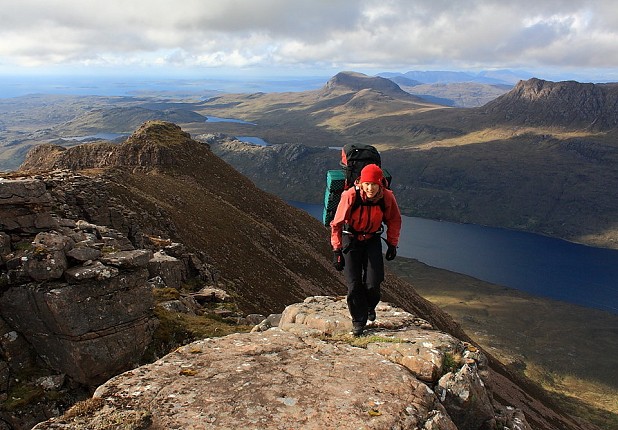
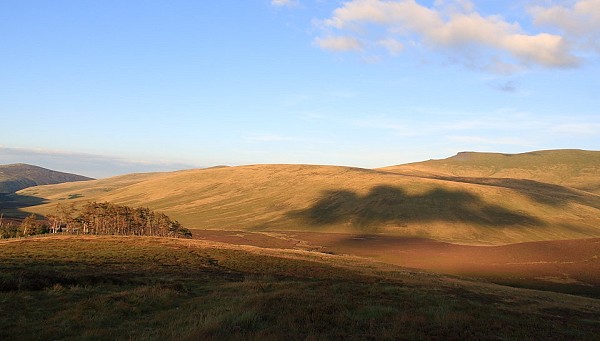
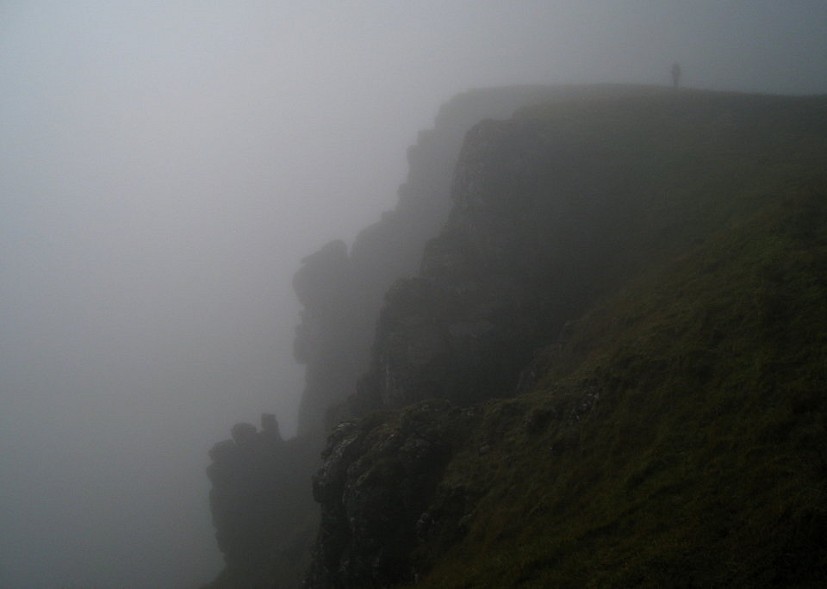
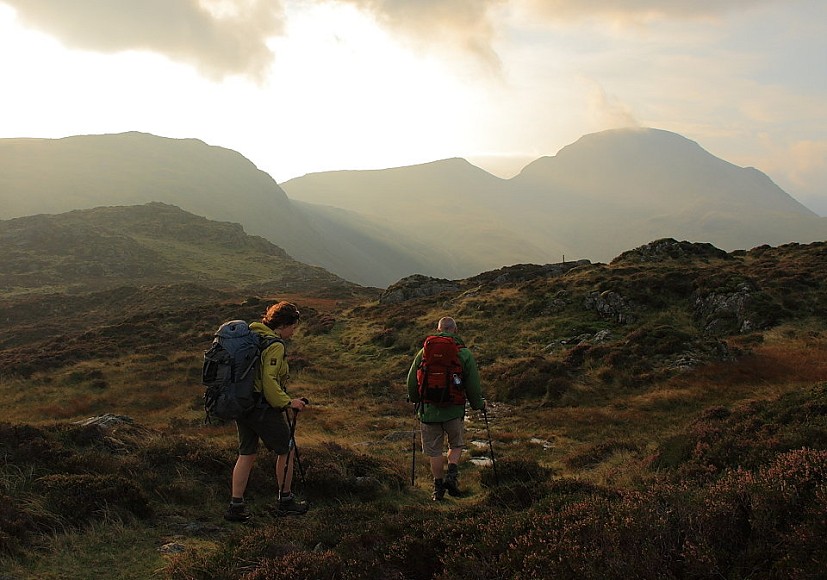
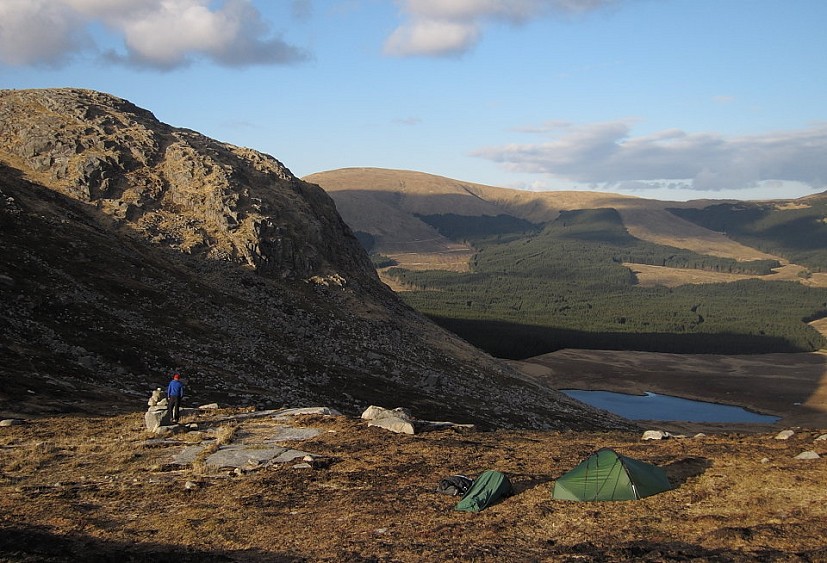
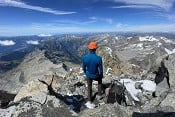








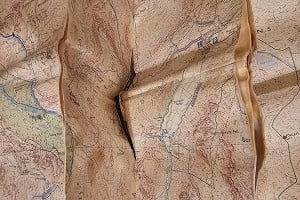

Comments